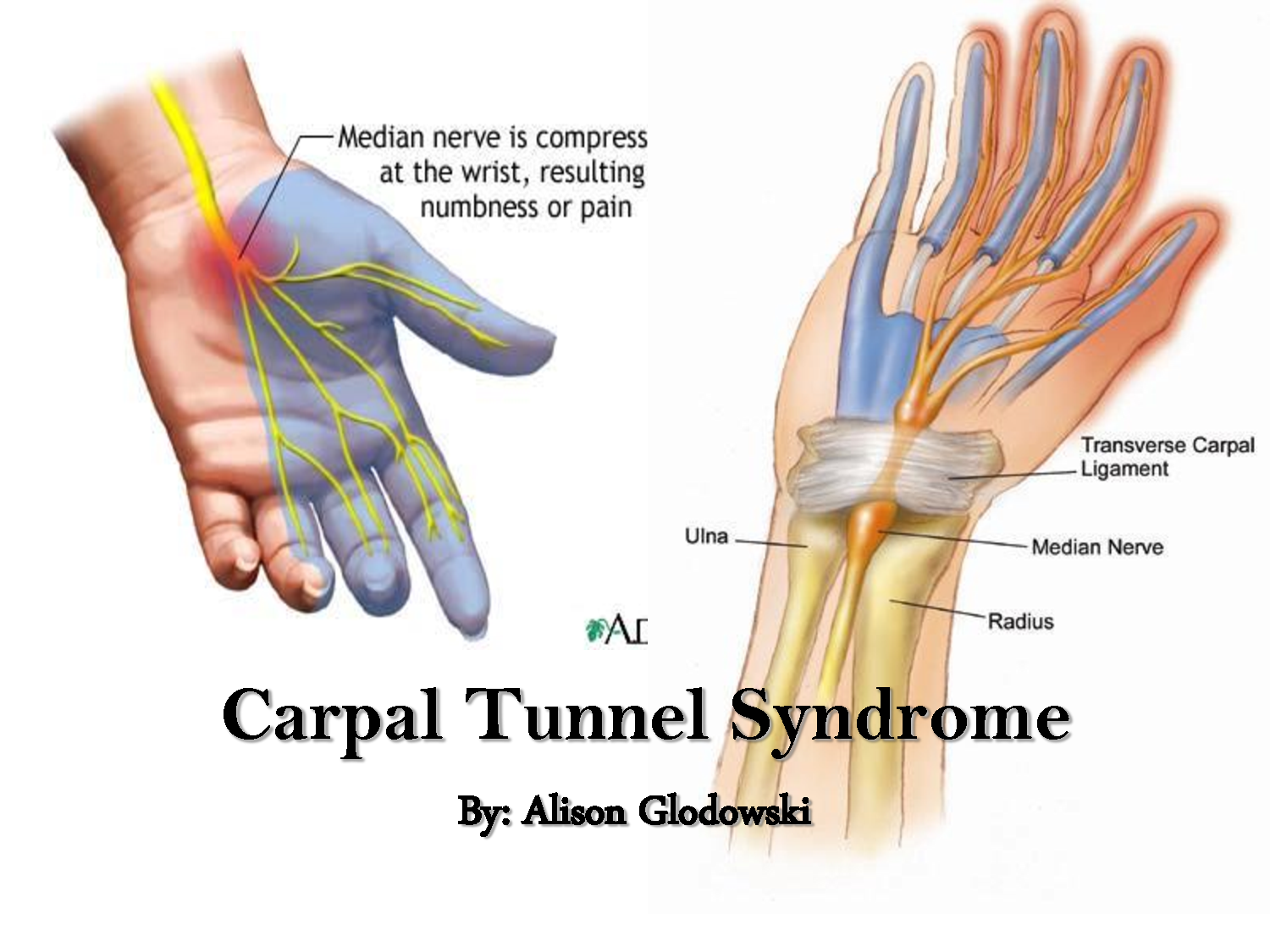The carpal tunnel is a sort of a passageway between the median nerve and tendons to the finger pass. This part is somehow responsible for the fine motor activities involving our hands such as picking up things, holding, etc. However, diseases nowadays can affect that part in your hands. Diseases such as amyloidosis, arthritis or diabetes can certainly affect this part, therefore giving us difficulty in getting things. The carpal tunnel syndrome then occurs.

Unknown to most of us, Carpal Tunnel Syndrome affects at least four percent of all people.
Those who have this experience pain, tingling and numbness in the thumb, index and middle fingers as well as half the ring finger and palm part, which can be disabling and demand medical treatment. This usually begins with pain even in light touch, progresses to loss of sensation and culminates with weakness and wasting away of thumb muscles. People who experience it describes that the pain is worse during night time.
Studies show that during the course of the disease, the discomfort that the person feels can be relieved by shaking the hands or changing its position. Ultimately, this can result in overall weakness of the fingers and inability to carry out fine movements.
There are many factors that can trigger the risk of Carpal Tunnel Syndrome. The following are some of these known risk factors:
- Old Age
- Female Sex
- Pregnancy
- Obesity
- High Cholesterol
- Wrist Characteristics such as widened palm and squared carpal tunnel
- Hypothyroidism
- Family History (Genetically-inherited traits)
- Aromatase Inhibitor Treatments like Tamoxifen
- Osteoarthritis
- Renal Failure because of amyloidal build-up
The initial treatment for this is nonsurgical like steroid shots, which can result in limited relief. However, in the worst case, especially for those with progressive or sever disease, surgery is the best answer.
